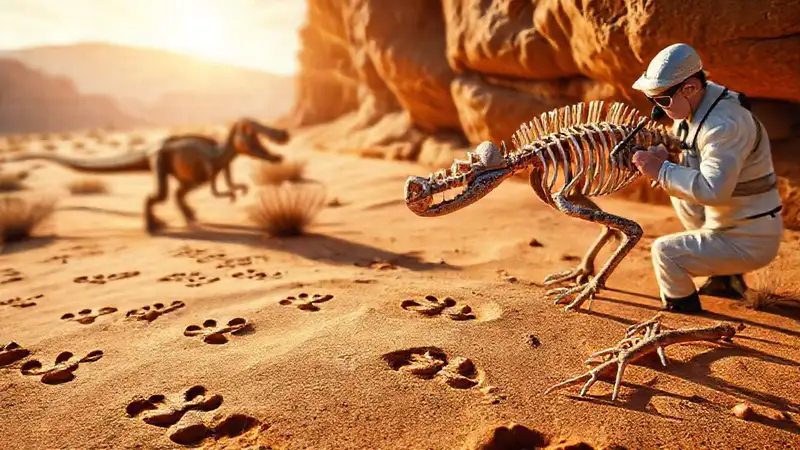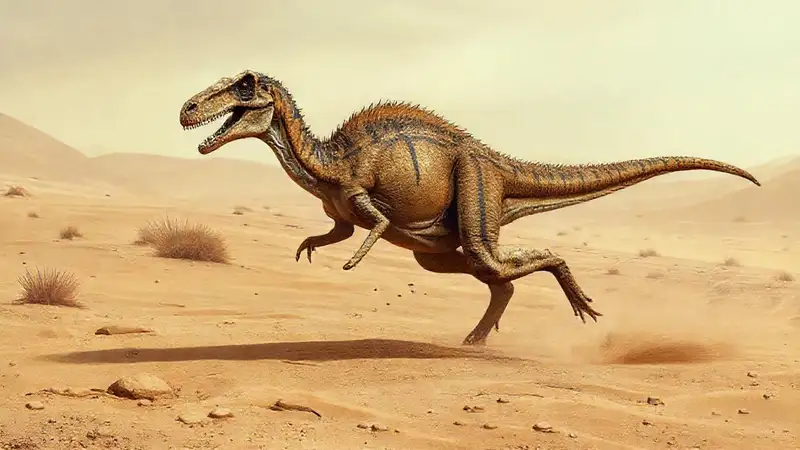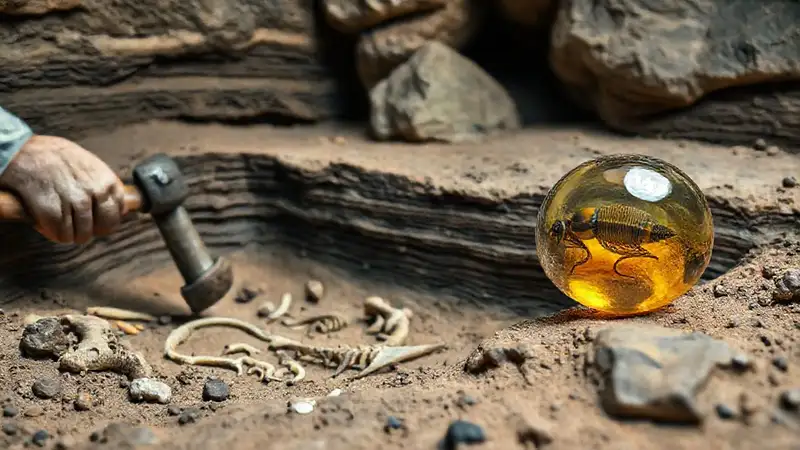Dinosaurs are often portrayed as lumbering giants, but the fossil record reveals a surprising diversity of forms, including many smaller, incredibly nimble species. Coelophysis, a remarkably well-preserved theropod from the late Triassic period of North America, stands as a prime example of this. Its diminutive size and the distinctive structure of its limbs have long intrigued paleontologists, fueling speculation about its movement style and hunting strategies. Understanding how Coelophysis moved is crucial to reconstructing the ecological dynamics of its environment. This article delves into the evidence – from fossilized bone structure to biomechanical modelling – that supports the hypothesis of its exceptional agility.
The study of Coelophysis has significantly contributed to our understanding of theropod locomotion, particularly among smaller dinosaurs. Its unusually elongated legs and small arms suggested a rapid, possibly predatory, lifestyle, but this was largely based on initial interpretations. Recent advances in paleontological techniques, combining detailed skeletal analysis with sophisticated computer simulations, offer a far more nuanced and compelling picture of its capabilities. The ongoing research continues to refine our perception of this exciting, little dinosaur.
Skeletal Morphology – The Foundation of Agility
Bone structure provides the first and most immediate clues about an animal’s potential movement. Coelophysis’s limbs, in particular, are incredibly thin and light, with long, slender femurs, tibias and fibulas. This design, combined with relatively large, lightweight carpals and tarsals, suggests a greater capacity for quick, jerky movements than many other theropods of its size. The vertebrae are also highly flexible, featuring numerous articular facets – points of joint articulation – allowing for a remarkable range of motion.
The proportions of Coelophysis’s skeleton are strikingly different from many other theropods. Its long legs allowed for a significant stride length, contributing to its speed. Importantly, the bones themselves display evidence of minimal muscle attachment points. This meant the bones were incredibly lightweight, providing a crucial advantage for rapid acceleration and maneuverability. This is markedly different from the robust, heavily muscled skeletons of larger predatory dinosaurs like Tyrannosaurus.
Furthermore, the pneumatic bones—bones filled with air sacs—found in Coelophysis further reduced its weight. These air sacs, connected to the respiratory system, played a significant role in buoyancy, providing an additional boost to its agility. The skeletal architecture clearly prioritized lightness and flexibility, aligning perfectly with a highly active lifestyle.
Trackways – Witnessing Movement in the Sand
Fossilized trackways – imprinted footprints – offer a direct glimpse into the actual locomotion of a dinosaur. The exceptionally well-preserved trackway discovered in the Elliot Formation of Arizona, attributed to Coelophysis, is considered one of the most significant for understanding its movement. The tracks reveal a distinctive stride pattern characterized by short, rapid steps, indicating bursts of speed and frequent directional changes.
Analysis of these tracks reveals an average stride length of approximately 1.5 meters (4.9 feet), but with significant variation suggesting rapid acceleration and deceleration. Importantly, the prints demonstrate that Coelophysis rarely moved in a straight line, constantly adjusting its direction – a key indicator of hunting behavior. The tracks show a remarkable ability to navigate uneven terrain, highlighting the dinosaur’s balance and coordination.
Importantly, multiple individuals are represented in the trackway, showcasing a communal hunting strategy. This collective movement pattern reinforces the idea of a highly agile and coordinated group. The trackways don’t simply show Coelophysis running; they illustrate a sophisticated system of movement, demonstrating their adaptation to a fast-paced, potentially predatory environment.
Biomechanical Modeling – Bringing the Bones to Life

Modern biomechanical modelling, using computer simulations and calculations, has become an increasingly valuable tool for paleontologists. Researchers have created detailed 3D models of Coelophysis’s skeleton and simulated its movements. These simulations have consistently shown that Coelophysis was capable of achieving remarkably high speeds – estimated at over 30 miles per hour (48 kilometers per hour) – particularly over short distances.
The models demonstrate that Coelophysis likely employed a “pouncing” or “spring-loading” technique, using its elongated legs to generate powerful bursts of speed. These simulations also suggest that the dinosaur could maintain a relatively stable gait while moving at high speeds, a crucial requirement for an active predator. The models accurately predict the energy expenditure associated with these movements, aligning with fossil evidence of a slender, lightly muscled body.
Furthermore, biomechanical studies have highlighted the importance of the flexible spine in allowing Coelophysis to maintain balance during rapid turns and changes in direction. This integrated approach – combining skeletal analysis with computational modelling – is providing an increasingly precise understanding of its movement capabilities and how those capabilities suited its lifestyle.
Comparative Anatomy – Contextualizing Agility
Examining the locomotion of other small theropods helps to contextualize Coelophysis's agility. While many other small dinosaurs possessed adaptations for running, Coelophysis’s skeletal proportions and overall design appear to be particularly well-suited for rapid, directional changes. Specifically, comparing Coelophysis to other early theropods like Ornitholestes reveals a distinct difference in limb length and joint flexibility.
Analyzing the muscle attachment points—even where they are less prominent—in Coelophysis offers further insights. Its skeletal design suggests a reliance on powerful leg muscles rather than relying solely on large, bulky muscles like those of larger theropods. This more efficient use of muscle mass contributes to its remarkable speed and agility.
Ultimately, comparative anatomy provides a broader framework for understanding Coelophysis's evolutionary trajectory – how its movements evolved in relation to other theropods and contributed to its success in the Late Triassic ecosystem.
Conclusion
Coelophysis stands as a remarkable testament to the diversity of theropod locomotion in the Mesozoic Era. The accumulation of evidence – from its skeletal morphology, fossilized trackways, biomechanical modelling, and comparative anatomy – powerfully supports the hypothesis of its exceptional agility. This small dinosaur’s combination of lightweight bones, flexible joints, and efficient muscle attachments allowed it to thrive in a dynamic, potentially competitive environment.
Ongoing research promises to further refine our understanding of Coelophysis’s movement, potentially revealing even greater details about its hunting strategies and ecological role. The study of this captivating dinosaur serves as a compelling reminder that dinosaurs weren’t just giants; they encompassed a remarkable range of forms and behaviors, constantly adapting to the challenges and opportunities of their world.




Deja una respuesta